Technology plays a pivotal role in managing patient data, imaging, telemedicine, and more. With so many options available, choosing the right hardware setup—like whether to go with an all-in-one (AIO) medical PC or a standard medical PC—can be challenging. Both systems offer unique benefits that can impact workflow, space usage, and adaptability within clinical settings. […]
Category: all-in-one medical computers

What Computers Do Doctors Use?
In healthcare settings, computers are central to managing patient data, diagnostics, imaging, and daily workflows. Doctors and healthcare professionals rely on specialized medical-grade computers, all-in-one (AIO) systems, and tablets designed to meet the stringent demands of medical environments. These devices need to perform seamlessly, adhere to regulatory standards, and often withstand rigorous sterilization processes to […]
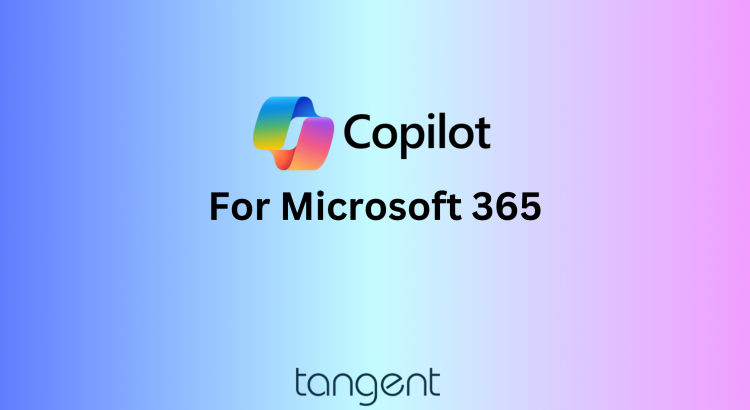
CoPilot for Microsoft 365
AI has revolutionized the way we approach the workplace. Through automation of routine tasks, AI reduces the burden on employees, allowing them to focus on more strategic and creative endeavors. AI contributions include enhanced productivity, streamlining processes, and fostering innovation. For organizations already leveraging Microsoft 365, the value of Microsoft’s suite of tools is clear […]
Medical Computers Trusted Globally
Since the 90s, Tangent has been a reliable, trusted computer manufacturer pioneering products for medical use. We champion the industry by engineering state-of-the art medical products. Today, our products can be found in medical facilities globally. Hospitals, clinics, pop-up emergency tents use our computers to provide essential services- we couldn’t be prouder. To get here, […]
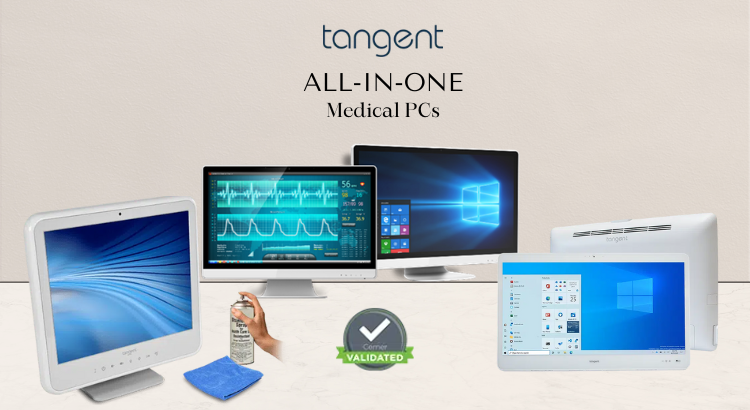
What is a Medical PC All-In-One ?
You’ve heard these device names before: “Medical Computer“, “Medical Tablet“, “Medical Cart“, “Medical PC“.. your understanding of each is pretty fair and well placed; but, “Medical PC All-In-One?!” If your head just exploded or irritation struck, we get it. It’s a mouthful and what exactly is it? A Medical PC All-In-One is actually a well-appointed, […]
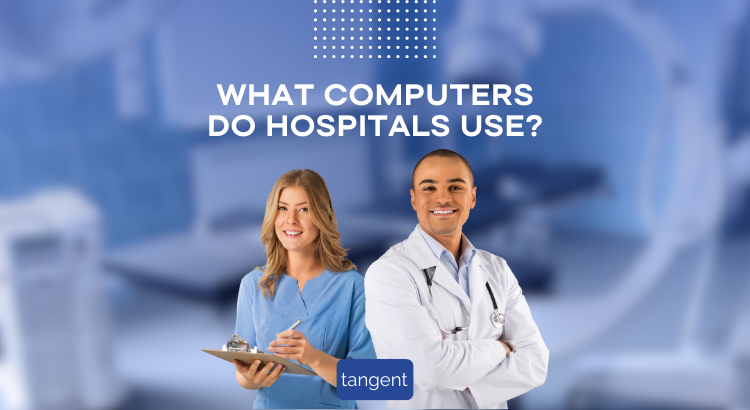
What Computers Do Most Hospitals Use?
Most hospitals use a variety of computer systems and devices to support their operations and provide healthcare services. The specific types of computers and systems used can vary depending on the hospital’s size, budget, and specific needs. Here are some of the common types of computers and systems used in hospitals: Electronic Health Record (EHR) […]
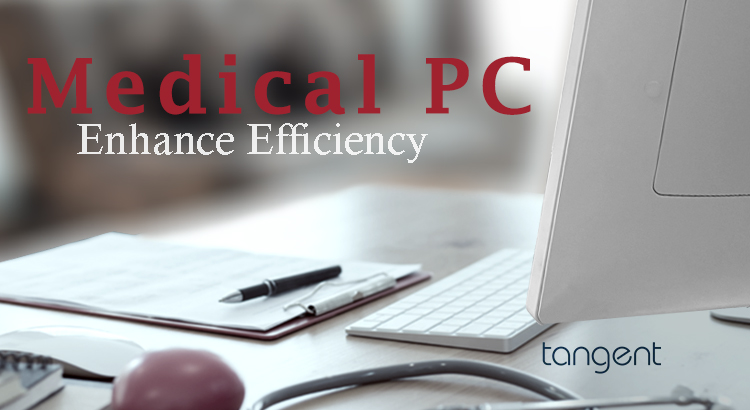
Medical PCs: Powering Healthcare Innovation and Efficiency
In the rapidly evolving landscape of healthcare, technological advancements are revolutionizing patient care, improving outcomes, and enhancing operational efficiency. At the heart of this transformation are medical PCs, purpose-built computing devices designed to meet the unique demands and rigorous standards of the healthcare industry. In this comprehensive guide, we will explore the essential role of […]
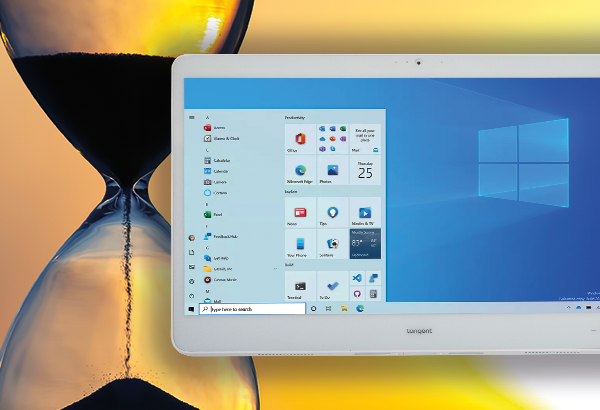
How long do Medical Computers Last?
Medical computers have unique features and specifications compared to consumer grade computers. The lifetime of healthcare-specific medical computers depends on the quality of the manufacturer. Durable components and sound engineering help determine the longevity of units. Like all electronic devices, there are brands and companies that healthcare administrators have come to rely on for performance […]
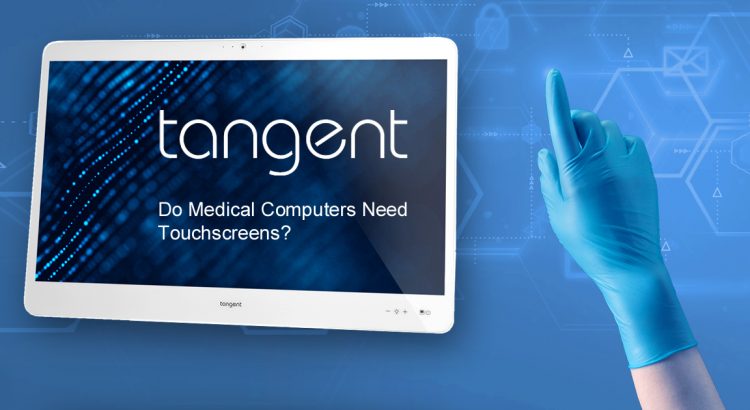
Do Medical Computers Need Touchscreens?
When people refer to their “phone” these days, it’s more than likely they mean their “smartphone.” Smartphones have become ubiquitous in our society, and are becoming increasingly necessary for everyday life. But what caused these smartphones to take over their older cousins? One of the defining features that played a large role is the humble […]
